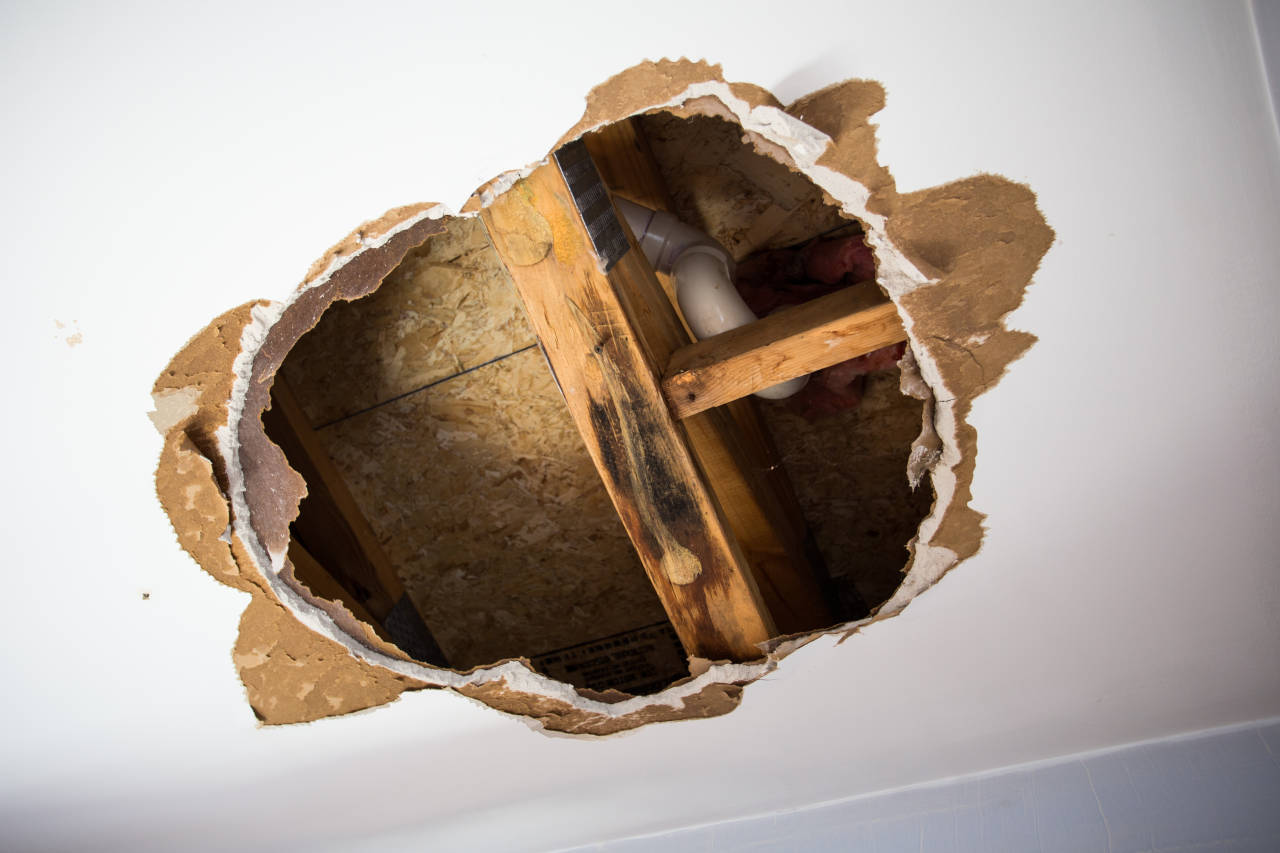Step-by-Step Approaches to Achieving Flawless Drywall Repair Service and Setup
Achieving flawless drywall fixing and installation needs a methodical strategy. It includes understanding the different kinds of drywall and the tools required for the task. Appropriate location preparation is vital before beginning any type of work. drywall contractors. Each action, from patching holes to mounting brand-new sheets, needs interest to detail. The process does not finish with installment; completing techniques are essential for a sleek appearance. The next steps will assure a smooth result, however what specifically do they entail?
Recognizing Drywall Kind and Equipment Needed

The installation tools are just as vital. An energy blade is important for reducing drywall sheets, while a drywall saw can aid in making specific cuts for outlets or fixtures. T-squares guarantee exact measurements, and drywall screws or nails secure the panels to wall surface studs. Furthermore, a drywall lift can help with the installation of big sheets, reducing physical pressure. Familiarity with these devices and kinds substantially contributes to the effectiveness and top quality of drywall projects.
Preparing the Area for Fixing or Installment
Preparing the location for drywall repair or setup is vital to ensure a smooth and reliable procedure. Initially, the surrounding space needs to be free from furniture and various other challenges to give sufficient working area. This not only assures safety and security yet also prevents damage to personal belongings. Next off, it is necessary to cover the flooring with ground cloth to catch any particles or dirt created during the work.
Furthermore, the walls must be examined for any loose paint or wallpaper that might hinder attachment. Eliminating these aspects produces a clean surface area for the new drywall. Prior to beginning, it is a good idea to shut off power to electric outlets or components in the location. Making sure appropriate illumination in the work area will certainly further enhance visibility and emphasis during the repair or setup procedure. Drywall Repair Ogden UT. By carefully preparing the location, one prepares for a successful drywall job
Step-by-Step Process for Patching Holes

Covering openings in drywall needs an organized strategy to assure a smooth repair service. The primary step includes examining the size of the opening. For little openings, a patching substance may suffice, while bigger openings require a spot. Next, the damaged location ought to be cleaned and prepared by getting rid of any type of loosened debris.
For tiny openings, applying spackling compound with a putty knife is advised, smoothing it over the hole and feathering the sides. As soon as completely dry, fining sand the location ensures a smooth surface. For larger holes, a drywall patch ought to be cut to size, placed over the hole, and protected with screws. After setting up the patch, the very same spackling procedure is duplicated, followed by fining sand.
The patched location has to be primed and repainted to match the surrounding wall surface. This thorough process ensures a professional appearance and extends the life-span of the repair service.
Mounting New Drywall Sheets: A Comprehensive Guide
Setting up new drywall sheets requires mindful planning and execution to ensure a durable and visually attractive surface. The location should be measured precisely to establish the number of sheets required. It is crucial to select the appropriate density, usually 1/2-inch for interior walls and 5/8-inch for ceilings or fire-rated applications.
Next, the studs or structure must be checked for any kind of irregularities, making certain they are lined up and correctly spaced. When putting the drywall sheets, they ought to be positioned horizontally to decrease seams and boost structural integrity. A drywall lift can be beneficial for overhanging setups.
Fastening the sheets with drywall screws at appropriate periods ensures a safe and secure setup. It's crucial to countersink the screws slightly below the surface to get ready for the completing procedure. Adhering to these standards will certainly result in a solid structure, prepared for the next steps in drywall finishing.
Ending Up Touches: Insulation, Mudding, and Fining Sand Strategies
When the drywall sheets are securely fastened, the emphasis shifts to the complements that will certainly provide a sleek appearance. This procedure starts with taping, utilizing either paper or fiberglass harmonize tape to cover the seams in between sheets. The tape ensures a smooth change, minimizing the danger of cracking. Adhering to insulation, mudding is essential; a joint substance is used over the tape to fill up gaps and develop a smooth surface area. Generally, numerous coats are needed, each one feathered out even more than the previous to lessen visibility.
After enough drying out time, fining sand is the final action in attaining a remarkable surface. A fine-grit sandpaper is used to smooth the dried substance, assuring there are no imperfections or bumps. Focus to information throughout this stage is considerable, as it significantly influences the overall appearance of the wall surface. Completion result need to be an even, professional-looking surface area ready for priming and painting.
Regularly Asked Concerns
Exactly how Do I Select the Right Drywall Thickness for My Task?
To select the appropriate drywall thickness, take into consideration the job's purpose, area, and architectural requirements. Standard densities include 1/2-inch for basic use and 5/8-inch for fire-rated applications, making sure durability and conformity with building regulations.

Can I Set Up Drywall Over Existing Drywall?
Yes, installing drywall over existing drywall is possible. However, it is vital to ensure the underlying surface is safe and secure and cost-free from damages. Proper fastening and consideration of density are vital here for a successful setup.
What Are the very best Practices for Drywall Disposal?
The most effective methods for drywall disposal include reusing when feasible, using regional waste monitoring solutions, and complying with guidelines for harmful products if applicable. drywall contractor. Effectively securing and identifying waste assurances conformity and security during disposal
The length of time Should I Await Mud to Dry Prior To Sanding?
Normally, one need to wait 24 hours for drywall mud to completely dry prior to fining sand. Drying out time can differ based on moisture and temperature level, so examining for a company texture is suggested before proceeding.
Exist Eco-Friendly Drywall Options Available?
Yes, green drywall alternatives are offered. These alternatives typically use recycled products, low-VOC adhesives, and sustainable manufacturing methods, lowering ecological effect while giving efficient insulation and resilience for numerous building and remodelling projects.
An utility knife is essential for reducing drywall sheets, while a drywall saw can assist in making specific cuts for electrical outlets or components. Preparing the area for drywall repair work or setup is important to assure a smooth and effective procedure. Covering openings in drywall calls for a systematic method to ensure a seamless repair service. Mounting new drywall sheets requires careful planning and execution to assure a strong and aesthetically appealing finish. Yes, mounting drywall over existing drywall is feasible.